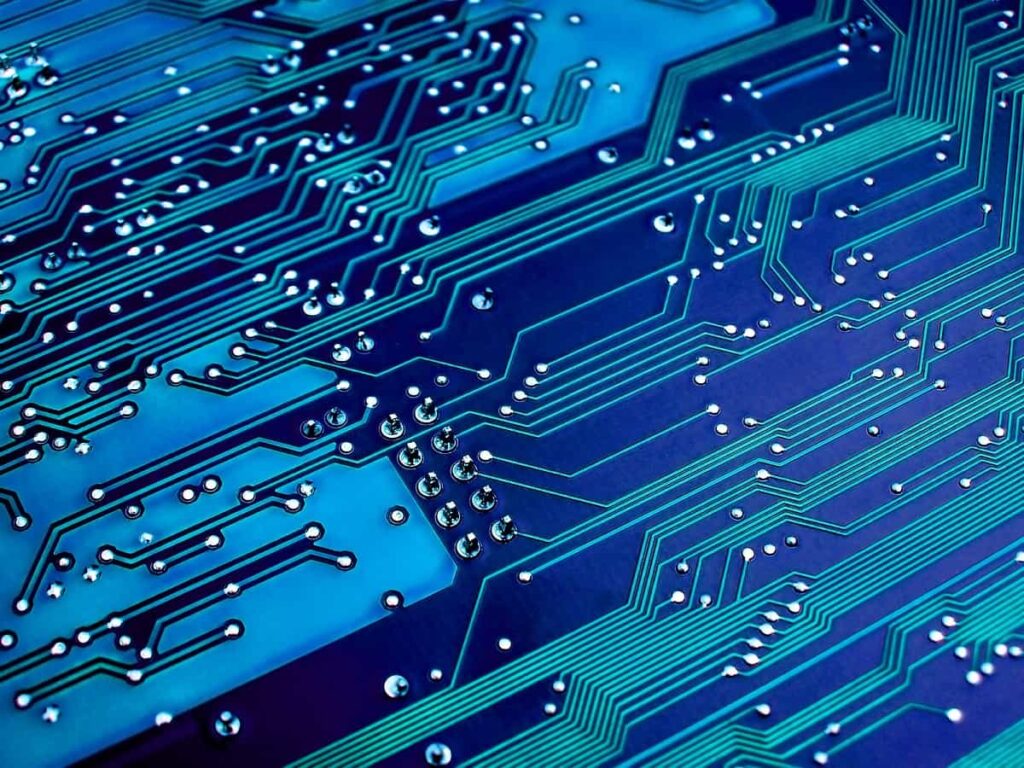The World’s first 3D Electronics Printer from Voxel8
Table of contents
Table of contents

The ability to print electronics is an emerging technology that is forecasted to experience significant growth over the next 5 years as seen in the below chart by NanoMarkets:
When we talk about traditional “printed electronics”, we typically refer to the ability to print electronic circuits onto a substrate. The act of creating the substrate and the act of printing the circuits are usually two separate activities. We’ve highlighted a number of companies dabbling in the area of printed electronics such as PragmatIC who is printing flexible logic circuits, Vorbek who has developed a graphene-based conductive ink for printing electronics, Pricer and SES who are using e-ink to create shelf labels, and companies such as Solicore, Enfucell, and Blue Spark who are printing batteries.
Then there is the concept of “3D printed electronics” which would involve printing a 3D object while simultaneously embedding the electronic circuitry within the object. Camtek (NASDAQ:CAMT) claimed to be entering this space with their 3D inkjet solder mask printer but this looks like a technology that is hardly new. Circuit boards have been printed at an industrial scale now for decades using various techniques. However, just recently, a company named Voxel8 appears to have released the world’s first 3D electronics printer which can now be pre-ordered with shipments expected to take place in late 2015.
About Voxel8
Somerville, Massachusetts based Voxel8 was founded by Jennifer A. Lewis, the Hansjörg Wyss Professor of Biologically Inspired Engineering at the Harvard School of Engineering and Applied Sciences with the company announcing their first round of funding just last month from Braemar Energy Ventures. Professor Lewis first caught our attention in June of 2013 with the announcement that her team was 3D printing microbatteries the size of a grain of sand. At the time Professor Lewis stated that the custom-built 3D printers she was using were not commercially available yet, but now it appears she has founded her own company to commercialize them. Voxel8 announced last week at the 2015 Consumer Electronics Shows (CES) the pre-order availability of the world’s first 3D electronics printer, the Voxel8.
The printer has a build volume of 4” x 6”x 4” and co-prints simultaneously using PLA filament and a conductive silver ink that cures in just 5 minutes. Developed over the past 10 years, Voxel8’s silver ink is 20,000x more conductive than the most conductive filled-thermoplastic filaments and more than 5000x more conductive than carbon-based inks. The process does not require elevated processing temperatures and each conductive ink cartridge holds enough ink to print a 60-meter trace. The minimum pitch size of electrical components that can be interconnected is 0.8 mm. Voxel8 expects to make new materials available in 2016 and has also partnered with Autodesk to create Project Wire, a new software tool for designing 3D printable electronic devices that can be rapidly fabricated using the Voxel8 3D printer. The Voxel8 printer is currently being offered as a Developer’s Kit which retails for $8999 with shipments expected to begin in late 2015.
Conclusion
With 3D Systems acquiring everything that isn’t nailed down and Hewlett Packard looking to disrupt the 3D printing space, Voxel8 could be looking like a very attractive acquisition candidate. Once the Voxel8 printer is released and competitors have a chance to kick the tires a bit, they can then determine if the printer utilizes any intellectual property that may make it difficult to duplicate. Some of the early products being created with this printer should also help determine what sort of potential the Voxel8 3D printer has.
Sign up to our newsletter to get more of our great research delivered straight to your inbox!
Nanalyze Weekly includes useful insights written by our team of underpaid MBAs, research on new disruptive technology stocks flying under the radar, and summaries of our recent research. Always 100% free.


















I believe Ceradrop (a division of MGI Digital technology) has an inkjet-based machine that 3D prints electronics
This is interesting Gary, thank you for the heads up. We’ll have to dig in here a bit to see what these interesting looking machines are all about.